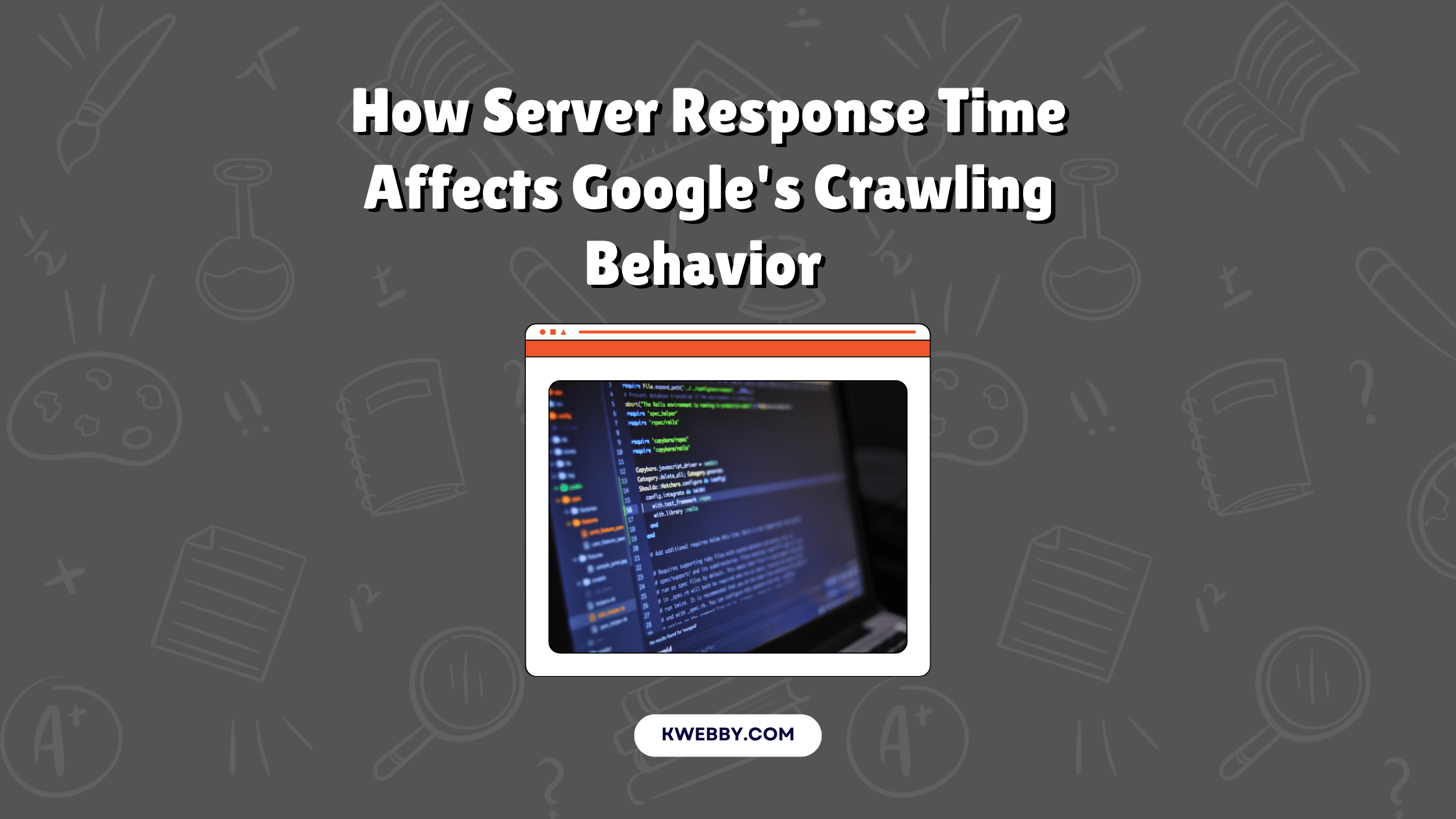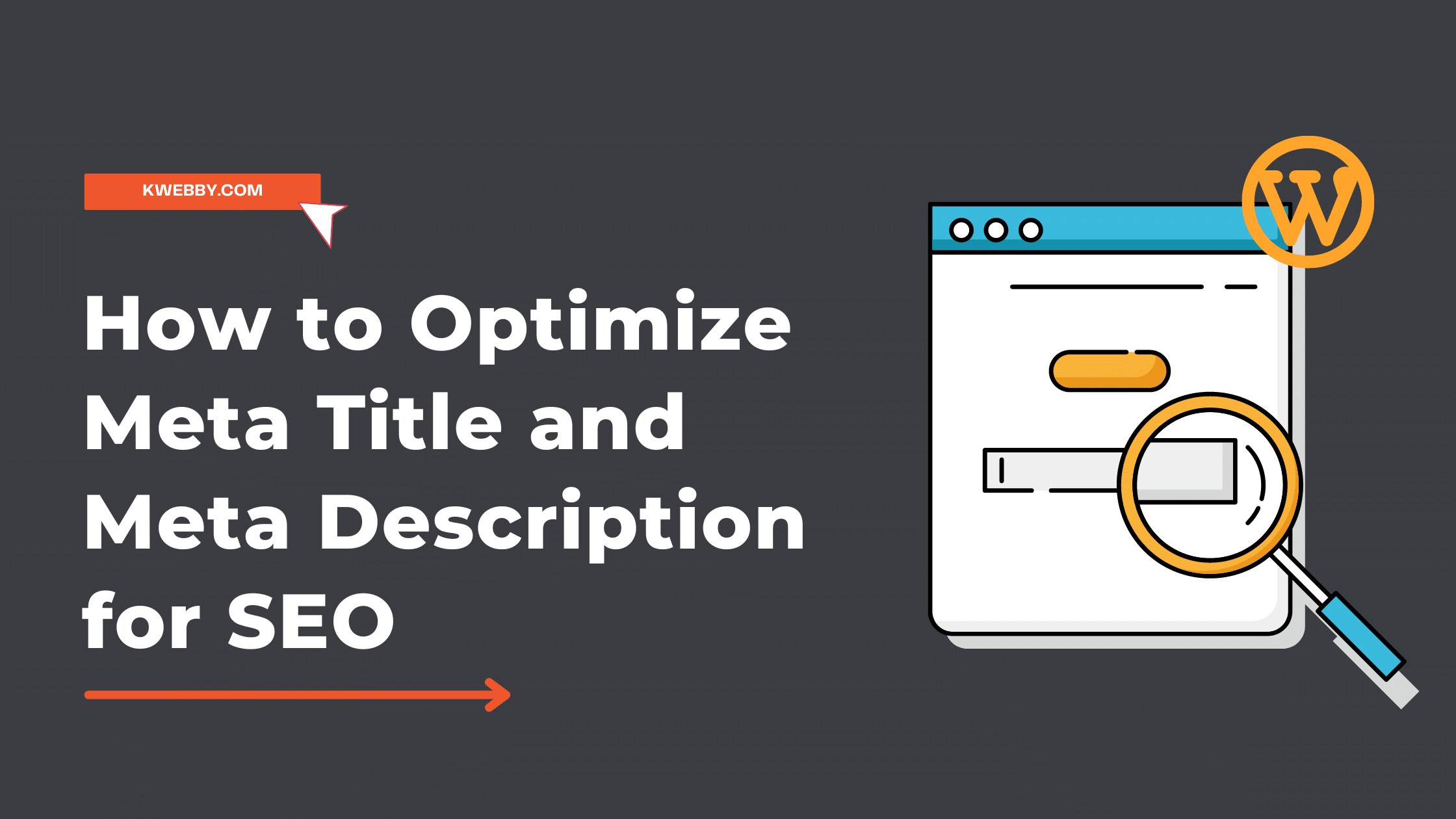Home / Blog / SEO / Advanced SEO Techniques / How Server Response Time Affects Google’s Crawling Behavior (Google Answers)

How Server Response Time Affects Google’s Crawling Behavior (Google Answers)
Choose Your Language:
In the latest episode of the Google Webmaster YouTube podcast, John Mueller and Gary Illyes dive into a topic that can make or break your site’s visibility: server response times.
If you’ve ever found yourself waiting impatiently for a website to load, you know how frustrating it can be—not just for you, but for those pesky little Googlebots too!
Slow server responses can seriously hinder how often Google crawls your site, which can lead to missed opportunities for indexing new content.
So, what can site owners do to speed things up and keep those crawlers happy? Let’s explore practical tips and insights straight from the source!
1 How Google measures server response time
Understanding how Google measures server response time is essential for any website owner looking to maximise their site’s visibility. Here’s a breakdown of how Google assesses this crucial metric:
- Crawl Requests: Googlebot makes requests to your server to retrieve web pages. The speed at which your server responds to these requests is what ultimately affects the server response time. As John Mueller points out, “If it takes on average like three seconds to get a page from your server, that’s actually a very long time.“
- HTTP Response Codes: There’s a variety of HTTP response codes that indicate the status of a request. A `200 OK` means that the request was successful, while a `304 Not Modified` can save time and bandwidth by informing Google that the page hasn’t changed since the last crawl. Gary Illyes highlighted this, saying, “A 304 response… basically means nothing has changed here,” which allows for more efficient crawling.
- Server Load and Quality of Content: Google’s crawling behaviour is influenced not just by how quickly your server responds, but also by the quality of your content. If Google’s algorithms assess that your content is of high quality, they may decide to crawl your site more frequently. However, if the server performance is poor or if the content is lacking, you could see a decrease in crawl frequency.
- User Interaction with Content: Content that is frequently interacted with by users can prompt Google to crawl it more often. “Google tends to crawl more from a site if the content is of high quality and people like it in general,” explains Gary.
In summary, maintaining a speedy server response time is key to ensuring that Googlebot can efficiently crawl your site, detect updates, and index your content effectively.
To improve your server’s performance, consider optimizing your server infrastructure and reviewing any potential content issues usefully.
2 Impact of slow response times on crawling
Slow server response times can significantly impact how frequently Google crawls your website, which can lead to missed indexing opportunities and a potential dip in your site’s visibility. Here are some key takeaways from the YouTube podcast discussion with John Mueller, Lizzy, and Gary:
- Googlebot Response Time: As John Mueller notes, “If it takes on average like three seconds to get a page from your server, that’s actually a very long time.” This indicates a need for site owners to pay close attention to their server’s performance.
- Crawling Efficiency: A sluggish response time can make Googlebot less eager to crawl your site as often as needed. Gary explains, “If we are not crawling much or we are gradually slowing down with crawling, that might be a sign of low-quality content or that we’ve rethought the quality of the site.” Thus, a bad response time can reflect poorly on the perceived quality of your site.
Improving your server’s response time is not just beneficial for user experience; it’s also crucial for ensuring that Google can efficiently access and index your content, helping you gain the visibility your site deserves!
3 Best practices for improving server response time
To ensure that your server responds promptly to Googlebot’s requests and keeps your site in tip-top shape, it’s essential to implement some best practices.
Here’s a straightforward guide, inspired by insights from the YouTube podcast:
3.1 Monitor Server Performance
- Use Google Search Console: Check the crawl stats regularly. As John Mueller mentions, “If it takes on average like three seconds to get a page from your server, that’s actually a very long time.” Keep an eye on average response time to spot issues early.
- Assess Server Load: Ensure that your server can handle traffic spikes without degrading performance. Overloaded servers can significantly slow down response times.
3.2 Optimize Your Content
High-Quality Content: Focus on producing content that attracts user interaction. Gary Illyes noted, “Google tends to crawl more from a site if the content is of high quality and people like it in general.” Engage your audience with relevant and valuable content.
3.3 Utilize HTTP Response Codes Correctly
Implement 304 Responses: Leverage the `304 Not Modified` response code properly to save bandwidth and server resources. As Gary explained, “A 304 response… basically means nothing has changed here,” which allows for more efficient crawling.
3.4 Review Your Robots.txt
Restrict Non-Essential Crawling: Specify which parts of your site you want Googlebot to ignore, which can help minimise unnecessary crawl requests.
3.5 Improve Site Maps and URL Structures
Keep URL Parameters Simple: Avoid overwhelming Google with multiple variations of the same page due to URL parameters. Streamline your URLs to prevent unnecessary crawling, as discussed during the podcast.
3.6 Regularly Test and Update
Website Audits: Conduct regular audits to ensure your infrastructure supports optimal performance. Check for broken links, outdated content, and slow-loading pages.
Improving your server response time isn’t just about quick loading; it’s about ensuring that Google can efficiently crawl and index your site. Implementing these practices can pave the way for better visibility and a stronger online presence!
4 Case study examples
Based on insights from the YouTube podcast with John, Lizzy, and Gary, let’s dive into some relevant case studies that exemplify how server response times and crawling behaviours can affect site visibility:
- Site A: The High-Quality Content Trap
This e-commerce site initially enjoyed high crawling rates thanks to their engaging product descriptions.
However, as John Mueller noted, “If it takes on average like three seconds to get a page from your server, that’s actually a very long time.“
The slow response time resulted in decreased crawl frequency, and the site witnessed a dip in visibility. Upon optimizing their server and content delivery, they regained their crawls and improved their search ranking.
- Site B: The URL Parameter Dilemma
A media site added numerous URL parameters for tracking which led to an explosion of URLs that Googlebot had to process.
Gary emphasized that, “Google tends to crawl more from a site if the content is of high quality and people like it in general.“
Unfortunately, the excessive parameters caused server strain, leading Googlebot to crawl this site less frequently. The solution was to clean up the URL parameters and streamline their URLs, ultimately enhancing their crawl efficiency.
- Site C: Misinterpretation of Crawling Metrics
This blog misinterpreted crawling metrics from Google Search Console, thinking frequent crawls equated to high quality. Gary pointed out, “If we are not crawling much or gradually slowing down… that might be a sign of low-quality content.“
Realizing their content was outdated, they revamped their posts and updated existing ones. The site ultimately saw a significant increase in crawl frequency and improved visibility.
These examples illustrate how understanding server responses, optimizing URLs, and maintaining high-quality content are essential for effective crawling and visibility in search results.
By implementing these insights, site owners can better navigate the complexities of Google’s crawling behaviour.




